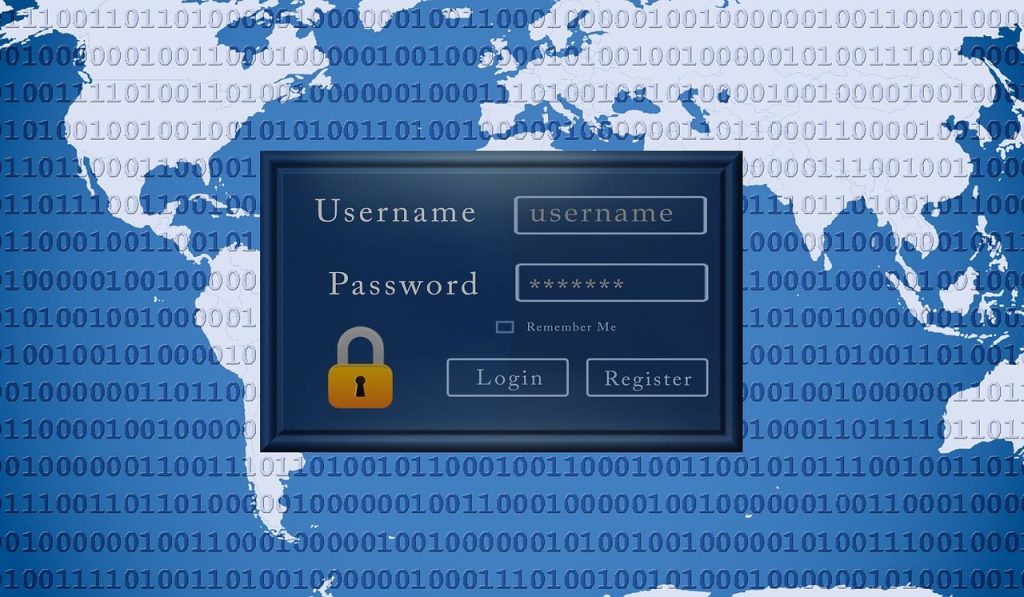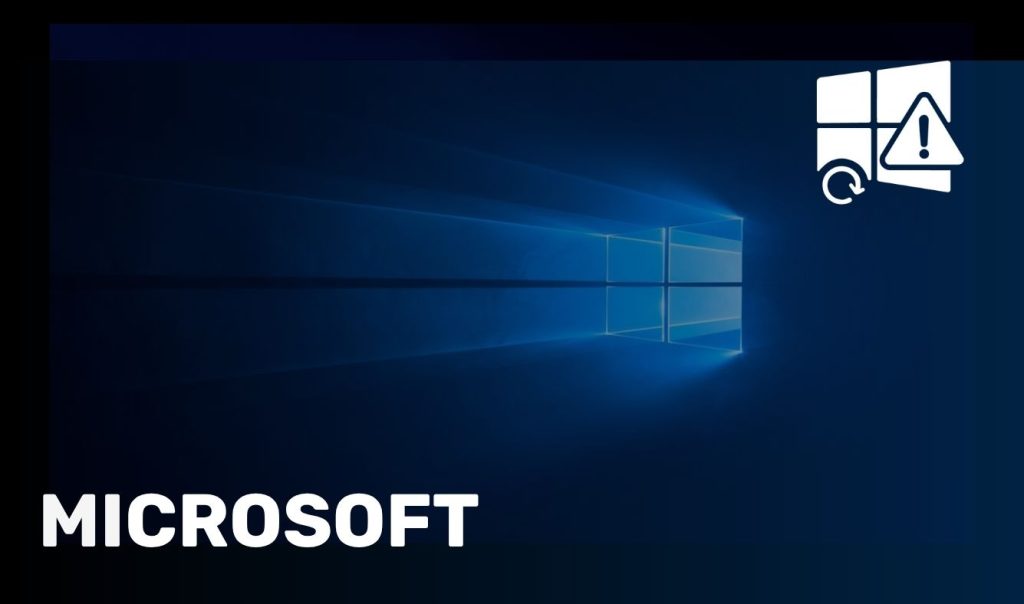Maintaining robust password security is essential for protecting your business’s sensitive information. Recent studies reveal that poor password management contributes significantly to data breaches, with a staggering 81% of breaches linked to weak or compromised passwords. Implementing effective password management practices and utilising advanced tools to safeguard sensitive data is crucial.
This blog post is crafted by Creative Networks, explaining the risks of poor password management, common password attack techniques, the importance of Multi-Factor Authentication (MFA), and steps to enhance password security in detail.

Understanding the Risks of Poor Password Management
Effective password management is crucial to prevent unauthorised access and potential data breaches. Poor password practices can lead to severe consequences, including financial loss, reputational damage, and legal repercussions.
Cyber criminals use various techniques to steal passwords, such as social engineering, brute force attacks, and phishing. To combat these threats, businesses must adopt robust password management strategies and leverage advanced security tools.
Common Password Attack Techniques
Cyber attackers use various methods to steal passwords, exploiting technological vulnerabilities and human psychology. Here are some common techniques:
Phishing
Sending deceptive emails or creating fake websites to trick users into revealing passwords and sensitive information. Attackers disguise these as legitimate sources like banks or email providers.
Brute Force Attacks
Automated attempts to guess passwords by trying numerous combinations. Attackers use software to test millions of passwords per second, targeting simple or commonly used passwords.
Keylogging
Using malicious software to record keystrokes on a device, capturing passwords and other sensitive information. Keyloggers can be installed via phishing emails, malicious downloads, or physical access.
Social Engineering
Manipulating individuals into disclosing confidential information through impersonation, urgency, or leveraging social media to gather personal details.
Credential Stuffing
Using stolen passwords from one site to gain access to other sites. Attackers exploit password reuse by trying the same credentials across multiple platforms.
The Importance of Multi-Factor Authentication (MFA)
Enhancing password security is crucial for protecting sensitive information in today’s digital landscape. One of the most effective measures to bolster password protection is the implementation of Multi-Factor Authentication (MFA).
MFA adds an extra layer of security by requiring users to provide additional verification beyond just a password. This additional verification can be a code sent to a mobile device or a biometric check, significantly reducing the risk of unauthorized access even if the password is compromised.
How MFA Works
MFA operates by combining two or more of the following factors:
- Something You Know: This is typically a password or PIN.
- Something You Have: This could be a smartphone, hardware token, or smart card.
- Something You Are: This includes biometric verification, such as fingerprints or facial recognition.

Benefits of MFA
By integrating these multiple layers of security, MFA ensures that even if one factor (like a password) is compromised, unauthorized access is still highly unlikely without the additional verification.
Here’s a more detailed look at the benefits MFA brings to businesses:
1. Enhanced Security Posture
MFA significantly enhances a business’s security posture. It creates multiple barriers for attackers, making it more challenging to gain unauthorized access to systems. Even if an attacker manages to steal a password, they would still need to bypass additional authentication factors.
2. Protection Against Credential Theft
Credential theft through phishing, social engineering, or data breaches is a common threat. MFA provides a safeguard against such threats. Since attackers typically do not have access to the second or third authentication factors, the stolen credentials alone are insufficient to breach accounts.
3. Compliance with Regulations
Many industries are subject to strict regulations that mandate the use of MFA for accessing sensitive data. Implementing MFA helps businesses comply with regulations like GDPR, HIPAA, and PCI DSS, thereby avoiding hefty fines and enhancing trust with clients and partners.
4. Reduced Risk of Identity Theft
MFA reduces the risk of identity theft by adding extra layers of protection. Personal and sensitive information is better safeguarded, reducing the chances of it being exploited for malicious activities.
5. User Convenience and Trust
Modern MFA solutions offer user-friendly experiences, such as biometric authentication (fingerprints or facial recognition), which are quick and convenient. This ease of use helps in gaining user acceptance and trust, making security measures less intrusive while being highly effective.
6. Versatile Application
MFA can be applied to various access points, including:
- Email Accounts: Prevent unauthorized access to corporate and personal email accounts.
- VPNs: Secure remote access to company networks.
- Online Banking: Protect financial transactions and account information.
- Cloud Services: Safeguard access to cloud-based applications and data.
Implementing MFA in Your Business
Implementing MFA involves several steps:
- Assessment and Planning: Evaluate the current security infrastructure and identify areas where MFA can be implemented.
- Choosing the Right MFA Solution: Select an MFA solution that fits your business needs. Options range from SMS-based codes to biometric solutions.
- User Education: Educate employees on the importance of MFA and how to use it effectively. Provide training and resources to help them understand the benefits and functionalities.
- Integration and Testing: Integrate MFA with existing systems and conduct thorough testing to ensure it functions correctly and does not disrupt daily operations.
- Monitoring and Maintenance: Continuously monitor MFA implementation to ensure it is working effectively. Update systems and educate users on any new features or changes.

How Comprehensive Password Management Services Can Help
A comprehensive Password Management service tailored to the unique needs of businesses offers several key benefits that enhance overall security and operational efficiency.
Enforcing IT Security Policies
Creating and maintaining a healthy security culture within an organisation can be challenging. A tailored password management solution ensures that all passwords meet specified standards, helping enforce IT security policies effectively.
This includes setting complexity requirements, enforcing regular password changes, and preventing the use of previously compromised passwords.
Cost-Effective Solutions
Password Management services designed for businesses offer cost-effective pricing compared to well-known competitors. These services are typically charged on a monthly basis, allowing them to be included within regular IT support costs.
This avoids the burden of large, upfront annual payments and provides flexibility to scale as the business grows.
Business and Personal Security
Protecting staff both in and out of the office enhances overall IT security. Comprehensive solutions often include personal password managers for employees, promoting good security habits across all environments.
This dual approach ensures that both business and personal accounts are protected, reducing the risk of password-related breaches.
Secure Password Storage
Traditional methods of storing passwords, such as spreadsheets, are insecure and inefficient. A modern password manager provides a secure, searchable, and easily editable master list housed in a highly secure environment.
This ensures that passwords are stored and managed securely, reducing the risk of unauthorized access and improving efficiency.
Managed by Trusted Experts
With expert management, the burden on your team to understand and handle every system detail is minimised. Comprehensive password management services provide end-to-end support, from initial setup to ongoing maintenance and updates.
This ensures that your password management practices remain robust and up-to-date with the latest security standards, without adding to your team’s workload.
Additional Benefits of Comprehensive Password Management
Centralised Management
Centralised password management allows businesses to control all passwords within the organization, ensuring that all accounts adhere to the same security standards and policies. This centralised approach makes it easier to manage and secure sensitive information.
Compliance and Reporting
Maintaining compliance with industry regulations is crucial for many businesses. Robust reporting capabilities provide detailed insights into password usage and security practices, helping businesses demonstrate compliance with regulatory requirements and identify areas for improvement.
Enhanced User Experience
While security is paramount, user experience should not be overlooked. A well-designed password management service minimizes disruption to daily workflows, allowing employees to easily access and manage their passwords, ensuring they can focus on their core tasks without compromising security.
Effective password management is essential for protecting your business from cyber threats. Poor password practices can lead to significant financial and reputational damage. By implementing strong password policies and leveraging advanced tools, you can safeguard your digital assets and ensure your organisation’s security.
Contact Creative Networks Today
At Creative Networks, we specialise in providing tailored password management solutions that meet the unique needs of your business. Our expert team is here to help you enforce security policies, manage costs, and protect your IT infrastructure.
Contact us today to learn more about our Cyber security service and take the first step towards securing your digital assets.




